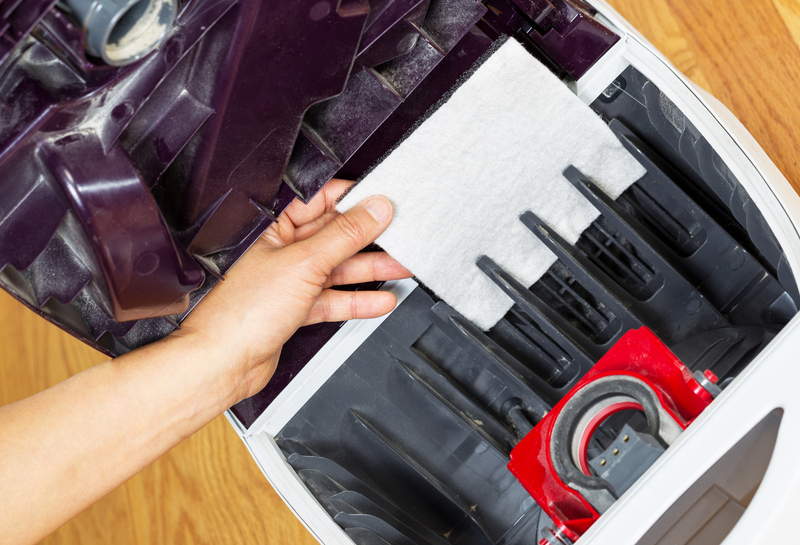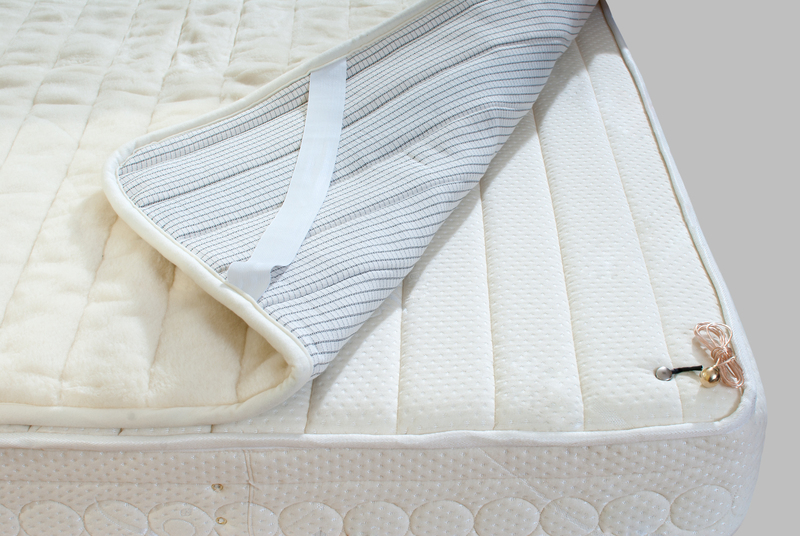The Ultimate Guide to Curtain Cleaning
Posted on 07/09/2025

Curtains not only add charm and personality to a room, but they also serve practical purposes such as providing privacy and controlling natural light. However, with daily use and exposure to dust, dirt, and pollutants, curtains can quickly become a breeding ground for bacteria, allergens, and bad odors. This is why proper cleaning and maintenance of curtains is crucial in maintaining a healthy and attractive living space. In this ultimate guide, we will delve into the various methods of curtain cleaning, their pros and cons, and essential tips to keep your curtains looking fresh and clean.
Method 1: Machine Washing
The most common method of cleaning curtains is by machine washing. Before tossing them into the washing machine, it is important to first check the care label attached to your curtains for specific instructions from the manufacturer. Use cold or warm water on a gentle cycle with a mild detergent. Avoid using bleach or fabric softeners as they can damage or discolor the fabric. It is also advisable to wash your curtains separately from other laundry items to prevent any snagging or tangling.
Pros:
- Convenient and time-saving
- Can effectively remove dirt and stains
- Suitable for most types of fabric
Cons:
- May cause shrinkage or color fading in delicate fabrics
- Not suitable for heavily soiled curtains
- Requires ample space for air-drying
Tip: To prevent wrinkles, take your curtains out of the machine immediately after the cycle finishes and hang them up while slightly damp.
Method 2: Hand-Washing
For more delicate fabrics such as silk and velvet, hand-washing is often recommended to avoid any damage. Fill a basin or tub with lukewarm water and add a mild detergent. Gently agitate the water to create suds before immersing your curtains. Swish them around for a few minutes then rinse thoroughly with clean water until all suds are gone.
Pros:
- Safe for delicate fabrics
- More control over the washing process
- Less likely to cause shrinkage or fading
Cons:
- Time-consuming
- Requires more effort and hand strength
- May not be suitable for heavy or stubborn stains
Takeaway: Hand-washing is best suited for curtains made of delicate fabrics that cannot withstand the agitation of a washing machine.
Method 3: Steam Cleaning
Steam cleaning is a relatively new method that uses hot steam to disinfect and remove dirt from curtains. A specially designed curtain steam cleaner can be used to gently glide over the fabric, killing bacteria and removing any odors. This method is ideal for curtains made of heavy fabric that cannot be machine washed, such as drapes or blackout curtains.
Pros:
- Kills bacteria and mold without using harsh chemicals
- Can effectively remove tough stains and odors
- Safe for most types of fabric
Cons:
- Requires a specific steam cleaner and may not be cost-effective
- May not be suitable for delicate fabrics
- Can leave behind excess moisture if not done properly
Tip: Avoid directly steaming over any decorative elements on your curtains, such as beads or tassels, as they can become damaged.
Method 4: Dry Cleaning
For curtains made of delicate or expensive fabrics, dry cleaning is often recommended. This method uses chemical solvents to dissolve dirt and stains without using water. Professional dry cleaning services have specialized equipment and expertise in handling various types of fabrics, ensuring optimal results.
Pros:
- Suitable for all types of fabric
- The safest option for delicate or expensive curtains
- Can effectively remove tough stains and odors
Cons:
- Expensive compared to other methods
- Not easily accessible for everyone
- Chemicals may cause harm to the environment if disposed of improperly
Takeaway: Dry cleaning should be reserved for special occasions when your curtains require deep cleaning or are made of delicate materials that cannot be washed at home.
In conclusion, choosing the right method for curtain cleaning depends on the type of fabric and the level of dirt or stains. Regular maintenance such as vacuuming with a brush attachment can also help prolong the lifespan of your curtains. Additionally, consider rotating your curtains once every few months to evenly distribute wear and exposure to natural light. By following these tips and choosing the appropriate cleaning method, you can keep your curtains looking fresh and clean for years to come.








